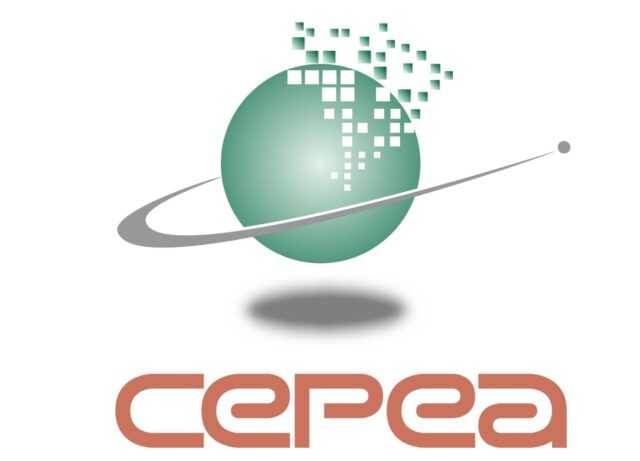SAO PAULO, Brazil – Heavy rain in Minas Gerais, Brazil’s largest arabica growing region, is keeping farmers out of fields and delaying the application of fertilizers and pesticides. According to CEPEA, high humidity has been increasing registers of diseases at crops and bringing difficulties for the machinery to enter in some areas – they would apply fungicides in crops. Some producers, especially from Minas Gerais, reported cases of rust and phoma in mid-February.
In general, diseases have been verified in regions where the climate has been adverse – it is worth noting that Minas Gerais and São Paulo, for instance, registered frosts in 2021, long periods without rains in 2020 and 2021 and below-average temperatures in 2022.
Therefore, there had been settling problems when flowers started to blossom in this 2023/24 crop, fruitlet abortion, and, now, fruitlets are falling from trees due to rains. The Southeastern area in Brazil registered above-average rains in late 2022 and in this summer of 2023.
As for arábica prices, they fluctuated in early February, influenced by the international market, weather conditions and speculations about the Brazilian crop in 2023. The CEPEA/ESALQ Index for arabica coffee type 6, delivered to São Paulo city, closed at BRL 1,125.22/60-kilo bag on February 15, for an increase of 2% compared to that verified on Jan. 31.
Concerning robusta, purchasers were refrained from deals, since many of them traded batches in previous periods. The CEPEA/ESALQ Index (Espírito Santo) for the robusta coffee type 6, screen 13, closed at BRL 688.66/60-kilo bag on Feb. 15, downing 2.13% in the first fortnight of the month.


















